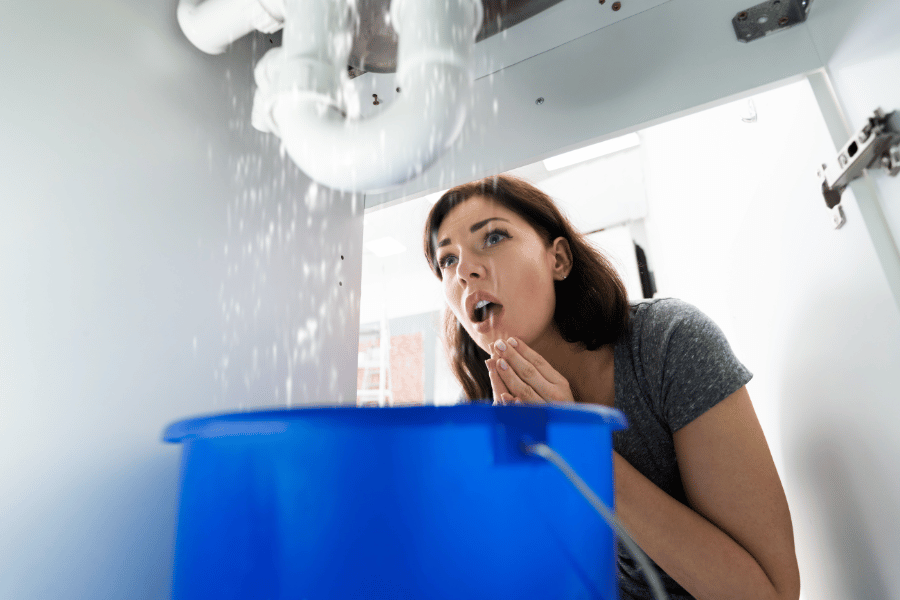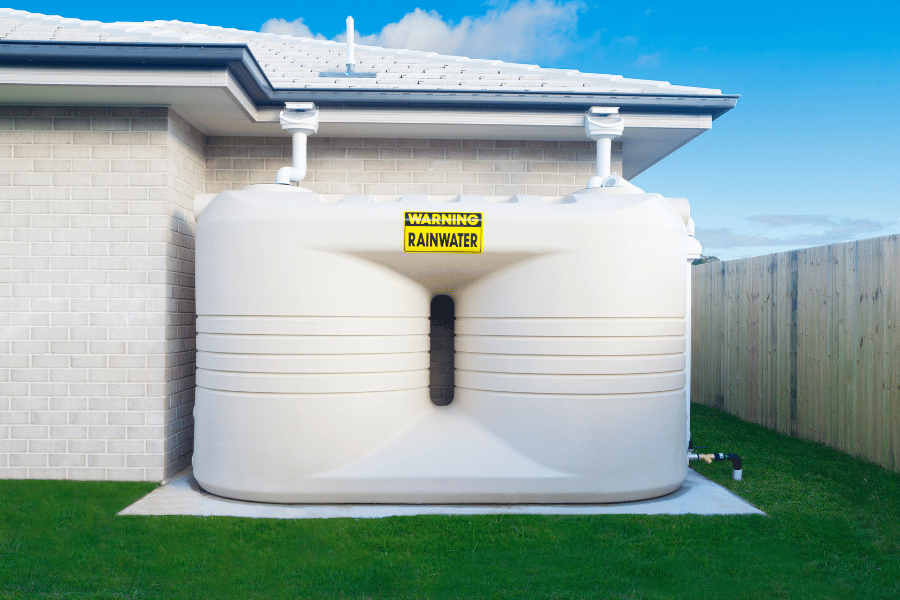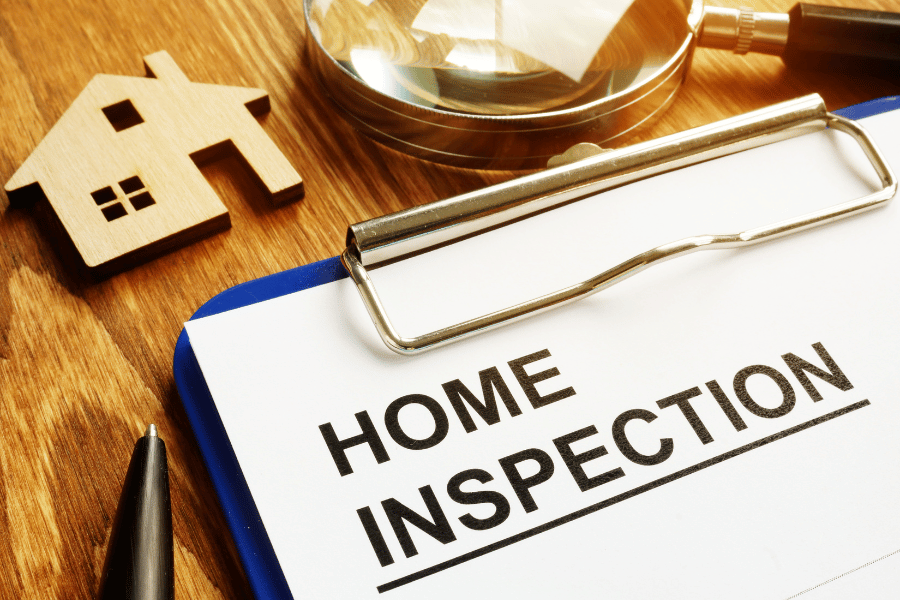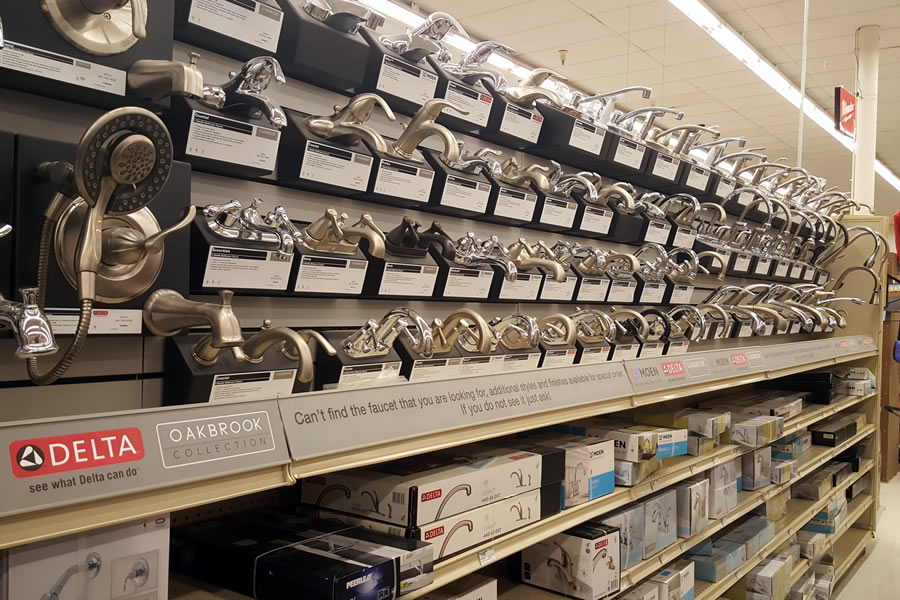
Some Of The Best Water Saving Plumbing Products For Your Home
December 5, 2022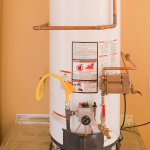
Water Heater Replacement Guide: Signs, Solutions, and Expert Tips
May 26, 2023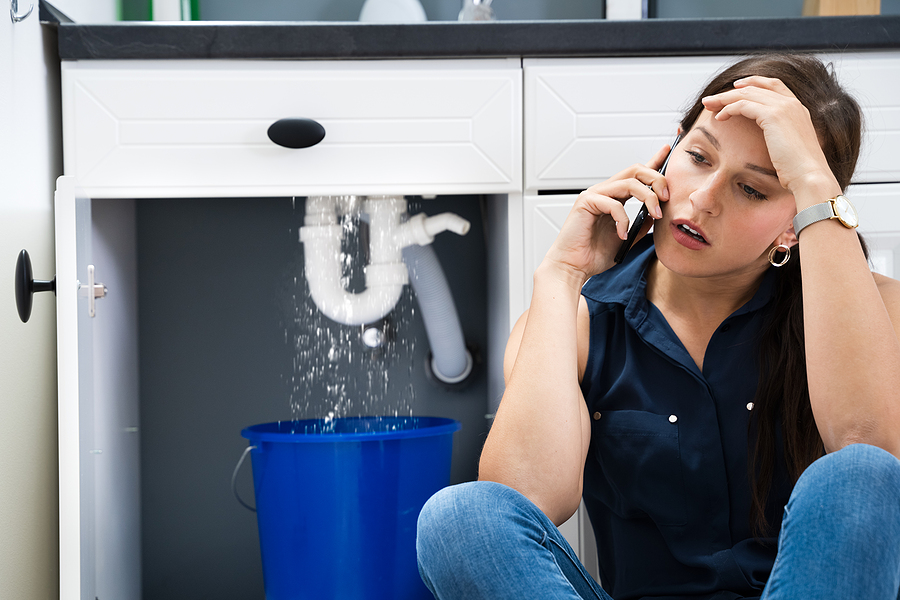
Tips For Spring Plumbing Maintenance
When you hear the term spring cleaning, most likely you think of things such as dusting areas that are hard to reach, donating old clothes, and maybe some yard to get ready for summer. But you probably don't think of your home's plumbing too often when it comes to spring cleaning.
Although it might not be the first thing you think of, regular spring plumbing maintenance is something that can help you detect minor plumbing issues prior to turning into major (and often expensive) problems.
So prior to the arrival of summer, the following are some useful spring plumbing tips provided by our Lombard plumbing specialists.
Bathroom and Kitchen Plumbing Tips
Make sure all of your drains have strainers. This item is very affordable that can save your pipes from tons of problems. They trap all of the hair, waste, and food scraps that would clog up your drains otherwise.
Check your toilets for any slow leaks. It can be hard to detect slow leaks in a toilet. However, they are frequently one of the main causes of water waste for your house.
Pro tip: Add a couple of food coloring drops to your toilet tank. Wait for about half an hour and then check your toilet bowl. If there is any coloring inside the bowl that will tell you that there is a hidden leak (call us!)
Repair faucet leaks and drips. Over 3,000 gallons a year can be wasted by a leaky faucet. For families of 5, that is how much water is needed for nearly 180 showers - or two months' worth! The source of this problem may be an old washer or gasket, but before starting on any repairs be sure to first turn the water off.
Clean any hard water stains off of your showerheads. Public water has a tendency to have fairly high mineral content. However, if you are wanting to reduce the amount of mineral buildup on faucets or showerheads, we have you covered. VP Plumbing offers several kinds of water treatment systems for your house, which include water softeners. In the meantime, soak the showerhead overnight in vinegar (either by tying a bag to the showerhead or wrapping it inside a paper towel to eliminate the stains.
Check for any pipe leaks. Winter weather can wreak havoc on a home's plumbing. It will often freeze and crack pipes you might not be aware of. In order to detect leaks in your plumbing, be sure there is no water being used outside or inside your house. Check your water meter. If the gauge is moving that might be a sign that you have a lake. A meter reading can also be taken before and after no water has been used for an hour. If the reading has changed, there is a leak in your plumbing system.
Appliance Plumbing Tips
Check the water heater and drain it. To prevent scalding and reduce energy usage, make sure that the water heater is set at a maximum of 120°F. This is also a great time to flush out any buildup of sediment since it shortens the lifespan of the water heater and reduces heating efficiency. Check your water heater manufacturer's website for draining instructions for your specific water heater.
Consider replacing the water heater. Especially if you are needing to continue to pay for repairs or it is more than ten years old. Some water heater issues are a sign that it needs to be replaced. Although it might seem annoying to invest in a new water heater, it is definitely worth it. New water heaters are a lot more energy efficient which will help you save each month on your utility bills.
Test the sump pump. Not only do April showers bring flowers in May, but they can also lead to potential basement flooding as well. Therefore, we recommend that you test the sump pump before it is really needed. How do you do that? Pour water into your sump pump. It should turn, then pump the water out and turn off. Call us if that doesn't happen.
Check for leaks and bulges in the supply hoses of your washing machine and dishwasher. Those hoses can sustain lots of wear and tear since they are used continuously. Check the hoses for any visible damage signs. In general, consider replacing them every three to five years or so. Pro tip: Compared to rubber, stainless steel hoses are not as prone to bursting.
Plumbing maintenance goes beyond the inside of your house. Don't forget to clear debris from the downspouts and gutters to ensure water drains properly away from your house.


